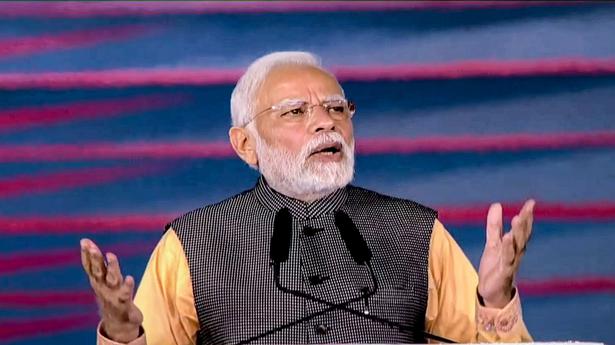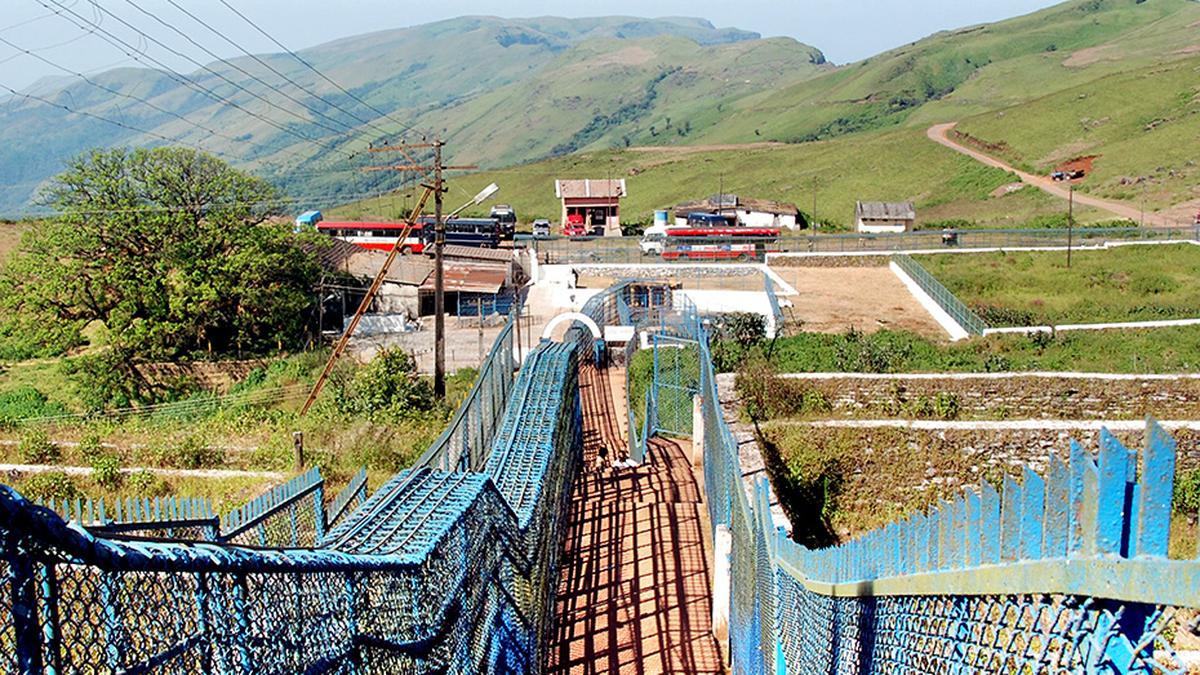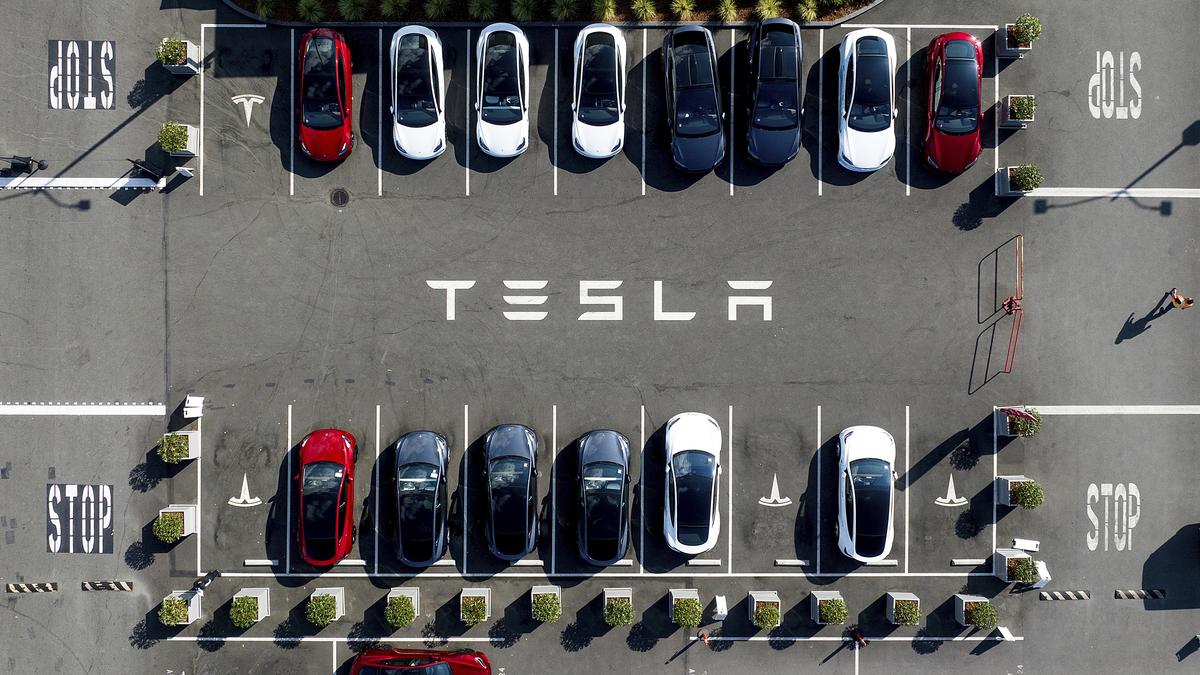On November 20, the 22nd edition of the FIFA World Cup kicked off in Qatar. In the past, the World Cups were predominantly hosted in European countries (11 editions) and South American countries (5 editions). North American nations hosted it thrice. Qatar is only the third Asian country to host the tournament after Japan and South Korea co-hosted it in 2002. In 2010, South Africa hosted the tournament.
European and South American countries have not only been dominant as hosts but have also formed the lion’s share of participants. Of the 488 countries that entered the group stages (round 1) in the 22 editions of the tournament, 249 were from Europe, constituting more than 50%; 18% were from South America; while 10% or less were from Africa, Asia and North America each.
The first African team to enter the tournament was Egypt in 1934. More than 35 years later, in 1970, Morocco became the second African country to do so. From Asia, Turkey and South Korea participated in the first round of the 1954 edition.
But over the years, there has been a steady increase in the number of Asian and African teams which have been entering and registering wins in the group stage of the tournament. While entering the group stages is not a hurdle as each continent has a fixed number of qualification berths, registering wins and moving on to successive stages of the tournament is a different ball game altogether.
In 1954, Turkey beat South Korea 7-0 to become the first Asian team to win in the group stage of the World Cup. In 1966, North Korea won against Italy. This was the first defeat of a non-Asian nation at the hands of an Asian team. Tunisia defeated Mexico (3-1) in the 1978 edition to become the first African country to win a match in the group stage. It was in 2006 that a team from Oceania managed to make it to the list when Australia beat Japan (3-1) in the preliminary stage.
In 2022, five teams from Asia are participating in the World Cup and have recorded three victories and one draw. The five African teams that entered this edition have also managed to win a few matches. The Sunday game in which Morocco defeated Belgium is a case in point.
This being said, European and South American teams still dominate the knockout stages of the tournament. Of the 132 teams that reached the quarter-finals in 21 editions of the tournament, almost 70% are from Europe (91) while almost 23% are from South America. African nations entered the quarterfinals only thrice: Cameroon in 1990, Senegal in 2002 and Ghana in 2010. None of them won. In 1938, Cuba became the first North American nation to enter the quarterfinals. Mexico entered the quarterfinals in 1970 and 1986. The U.S. entered the quarterfinals in 2002 but lost to Germany. In the inaugural tournament, the U.S. became a semi-finalist only to be crushed by Argentina which scored six goals to the U.S.’s one. Of all the Asian countries that have participated in the World Cup, it was North Korea that became a quarter-finalist in 1966, though it lost to Portugal 5-3.
In 2002, South Korea and Turkey managed to not only enter the knock-out rounds but also reached the semi-finals stage after defeating Spain (5-3) and Senegal (1-0), respectively. The South Korean team lost against Germany in the semi-finals as German Midfielder Ballack managed to score a goal 75 minutes into the match. Brazilian centre-forward Ronaldo Nazário scored the winning goal against Turkey to enter the finals.
Apart from these exceptions, no non-European or non-South American team has managed to enter the semi-finals, let alone the finals. While nations from these two continents alternated as World Cup winners between 1930 and 2002, in the past four editions the Europeans have clearly dominated. France in 2006, Spain in 2010, Germany in 2014 and France again in 2018 managed to become the World Cup Champions. Moreover, in three of these editions, both the finalists were from Europe.
Fortnightly figures
- 39,500 is the number of COVID-19 cases reported in China on November 27, the National Health Commission said. This is the highest number of infections since the pandemic began. The resurgence of infections, nearly three years after the pandemic emerged in the central city of Wuhan, dampens the hopes of investors. China has not shown any inclination to easen its zero-COVID policy.
- 7.2% is the unemployment rate for persons aged 15 or above in the July-September 2002 period in urban areas, according to the National Statistical Office. This is less than the 9.8% recorded a year ago. The unemployment rate is defined as the percentage of unemployed persons in the labour force. Joblessness was high in July-September 2021 mainly due to the staggering impact of COVID-19-related restrictions in India.
- 1.14 crore passengers were carried by Indian airlines in October 2022, a 10% rise in domestic air traffic compared to September when it stood at 1.03 crore, according to the Directorate General of Civil Aviation. Data showed that domestic air traffic jumped nearly 27% to 114.07 lakh last month compared to the period a year ago when it was 89.85 lakh.
- Every 11 minutes, a woman or a girl is killed by an intimate partner or a family member in the world, United Nations chief Antonio Guterres said. He added that violence against them is the most pervasive “human rights violation” in the world and called on governments to implement national action plans to tackle this scourge. The UN Secretary called for efforts to end violence against women and girls in his message for the International Day for the Elimination of Violence Against Women, which falls on November 25 annually.
- ₹33,422 crore worth of assets have been monetised by the Union government under the National Monetisation Pipeline (NMP) in 2022-23 so far, with the Coal Ministry leading the list by raising ₹17,000 crore. According to PTI, there is likely to be a shortfall of ₹38,243 crore in realising the overall asset monetisation target of ₹1,62,422 crore in 2022-23. The Ministry of Power, the Ministry of Railways, the Ministry of Civil Aviation, and the Ministry of Oil and Gas are likely to miss the target.
Thank you for reading this week’s edition of the Data Point newsletter! To subscribe, click here. Please send your feedback to rebecca.varghese@thehindu.co.in






